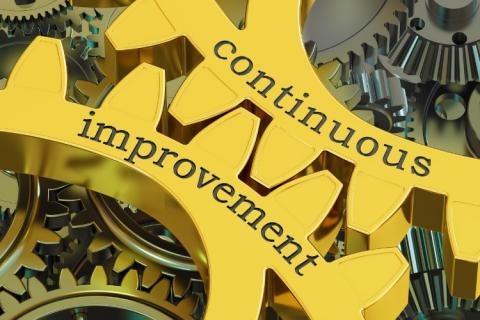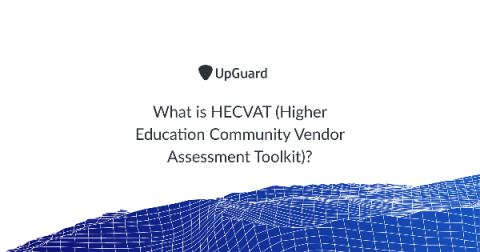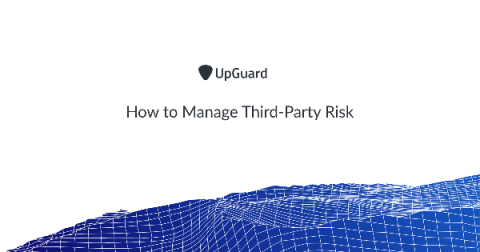The Best Ways to Maintain PCI Compliance
Congratulations, you have achieved PCI compliance! Now comes the hard part, staying compliant. Remember, it was a great deal of work to get your environment where it needed to be for the Payment Card Industry Data Security Standard (PCI DSS). Organizations spend a fair amount of money getting systems, networks, and people exactly where they need to be for cardholder data protection.






